Learn to pack your refrigerator to keep ingredients fresh and how long your food should be kept to avoid food poisoning.
11 Secrets of People Who Always Have an Organized Fridge
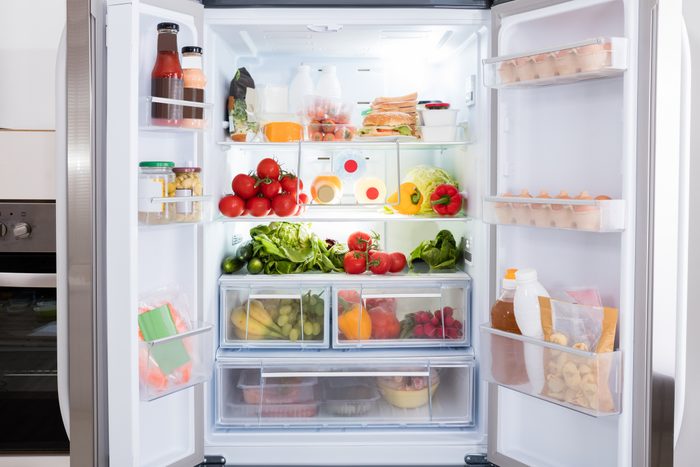
If you’ve already mastered kitchen organization and pantry organization it’s probably time to tackle the dreaded fridge. A well-organized fridge is essential to fuss-free cooking and you don’t have to be a professional organizer to make your fridge layout function for you. When you unpack your weekly grocery load, it’s worth taking the time to position items in your fridge according to where they will keep best and how often you need access to them. Most items you buy from a supermarket for storage in the fridge will have a use-by date. If you are buying locally, ask your shopkeeper how long items can be kept before using. To help you get started, follow these guidelines for an organized fridge.
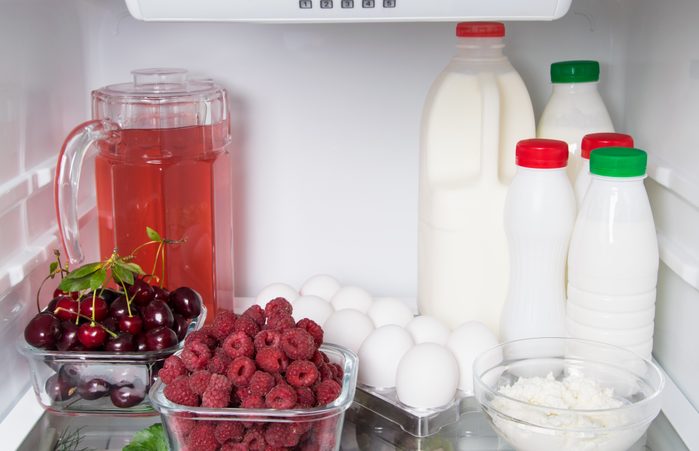
They push their milk to the back
Milk is a frequently used item, so your instinct is to store it in a convenient place, but it’s better to store it in a cold place. On the bottom shelf in the back is the best. If you buy multiple gallons of milk at a time, arrange it so that cartons with the earliest use-by dates are reached first.
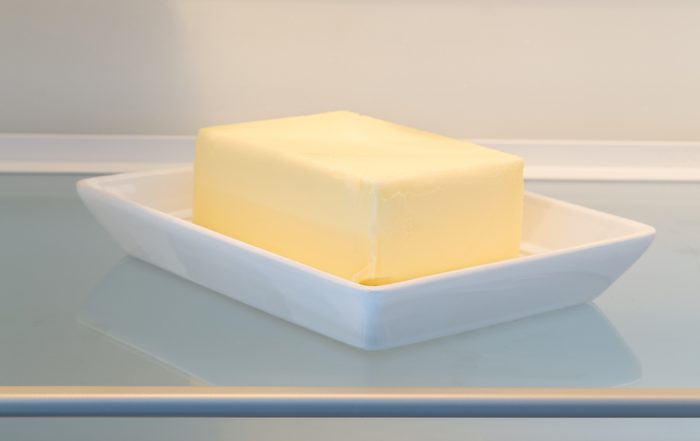
They store butter by date
Butter and/or margarine should be stored by date. It’s best to keep them on the door of your fridge. They don’t need to be kept that cold, so it’s a perfect and easily accessible spot. Cream (or crème fraîche, sour cream) and yogurts should also be stored by the use-by date and kept covered. Keep them in a visible spot with the expiration date showing.
RELATED: 7 Ways You’re Shortening the Life of Your Refridgerator
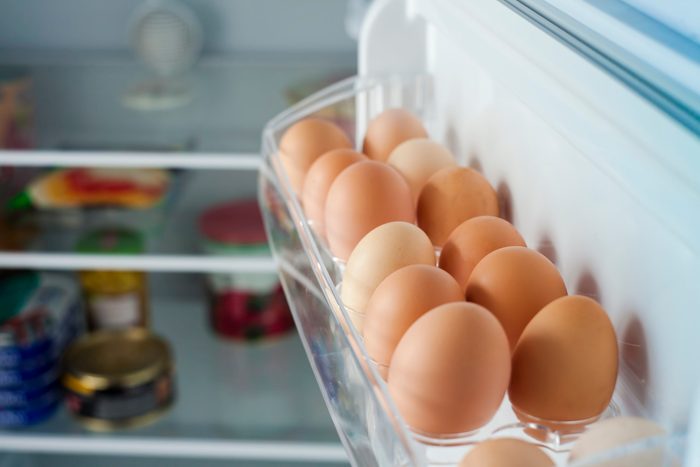
They keep cheese and eggs close to the top
Cheeses need to be stored in the warmest part of the fridge—at the top, on a door shelf if you have room. Keep them covered in a plastic container or wrapped in greaseproof paper or foil – avoid cling film as it encourages a damp surface, and chemicals in the film may transfer to the cheese. Eggs should be kept in their boxes near to the top of the fridge along with the cheese or in the egg holders in the door. Similar to milk, store eggs in date order.
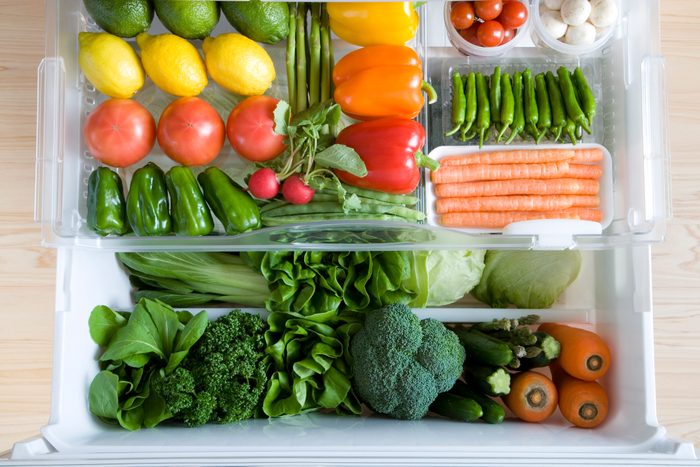
They preserve vegetables in the salad drawer at the bottom of the fridge
Fresh vegetables and salad should be stored in the bottom of the fridge in the vegetable and salad drawers. Vegetables stay fresh for longer when stored in a slightly humid environment. Typically, that will be in the drawer in your fridge labeled “vegetables” or “high humidity.” If you find you are short on space, they can be stored in plastic bags in the main part of the fridge, but away from raw foods. Avoid the cold spots in the fridge such as the freezing compartment or the cold plate at the back of a larder fridge; if ice crystals form in foods such as salad vegetables, they will be unusable and will have to be thrown away.
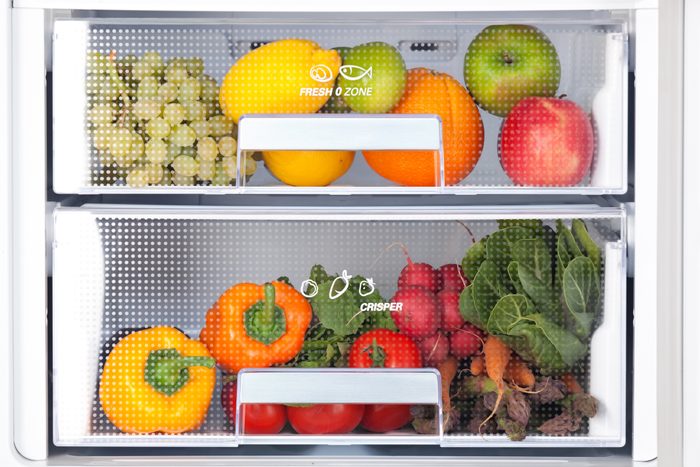
They stow fruit in the low-humidity drawer
Fruit should be stored in a low humidity drawer. In some fridges that drawer is marked “crisper.” Leave it in the original packaging or repackage it into a plastic bag and seal. Citrus fruits don’t need to be stored in a bag.
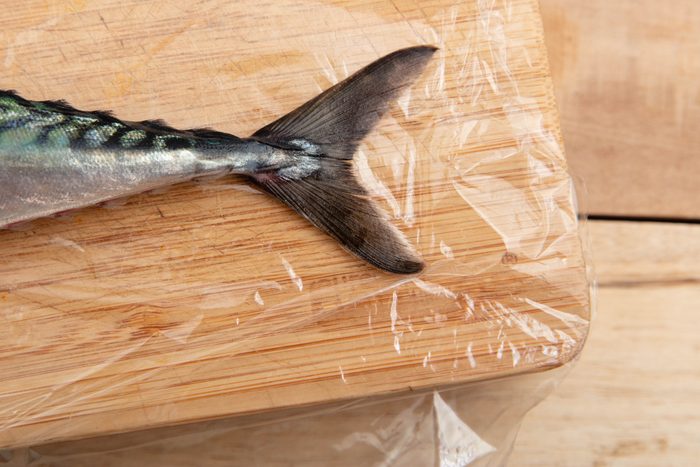
They store fish in the back
It’s best to eat fresh fish on the day you buy it, but if this is not possible, remove the packaging as soon as you get home, wipe the fish with a clean damp cloth, place it on a plate, and cover it with cling film. Store it at the bottom of the fridge, ideally for no more than 24 hours.

They keep red meat away from cooked foods
It is essential to put fresh meats straight into the fridge as soon as you return from shopping. Keep them in their sealed packs or put unpacked meat on a plate and wrap it in cling film. Make sure that raw meats are kept away from cooked food. Bacon should also be stored with raw meat.
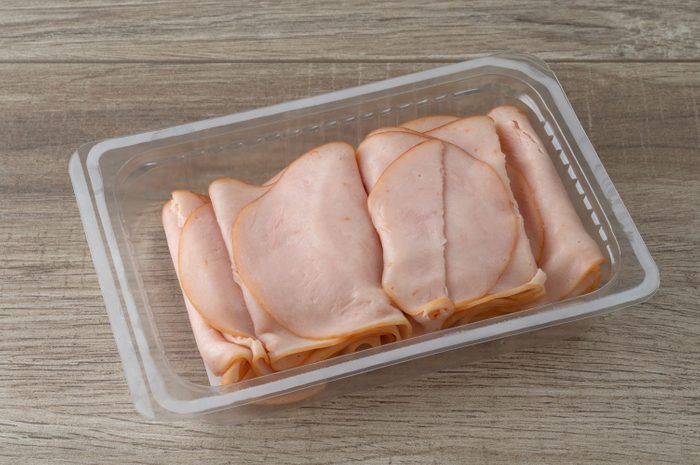
They pack deli meat away from the raw meat
Sliced cooked meats, such as ham and salami, must be stored away from raw meats. Once opened, bacon and cooked meats should be placed in a sealed container and used within a few days.
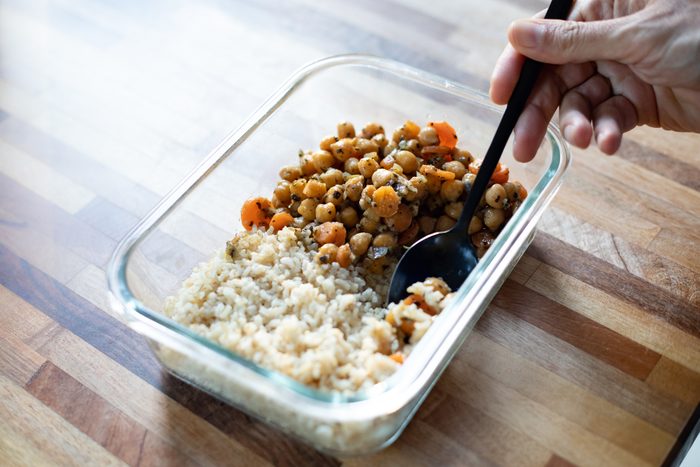
They take special care of cooked rice
Rice may seem innocent, but it is potentially dangerous, as harmful bacteria can form, so it can be kept in the fridge for only one or at most two days.
RELATED: 10 Organization Tips to Keep Pots and Pans from Being an Unsightly Pile
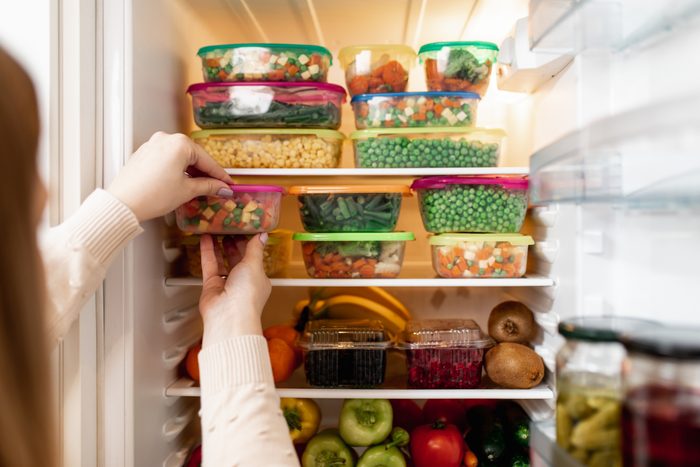
They transfer canned foods to sealed plastic containers
Cans rust in the fridge, so transfer food from opened cans to sealed plastic containers before putting them into the fridge. Sauces in jars and tubes (such as mayonnaise, pesto, curry paste, horseradish, tomato purée, and garlic paste) can be stored in the cupboard until they are opened, but then need to be kept chilled and used before the use-by date.
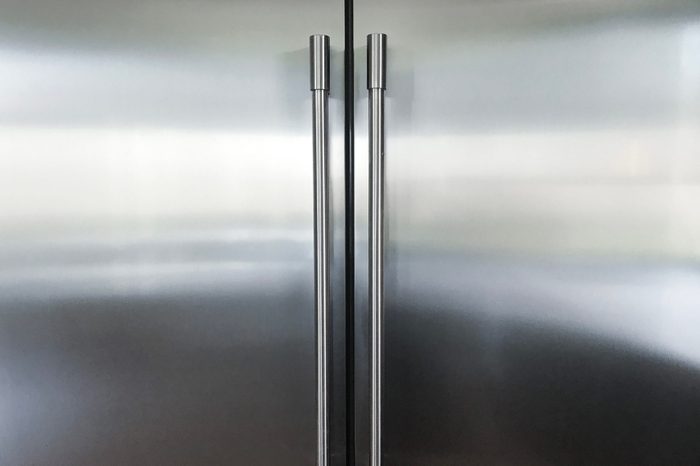
They know when not to use the fridge
Some foods should be stored at room temperature: tomatoes to develop their flavor; avocados to ripen properly; onions, potatoes, and root vegetables (best stored in a vegetable rack in a cool, preferably dark, place); and most fruit, except berries (bananas will go black if stored in the fridge).


















